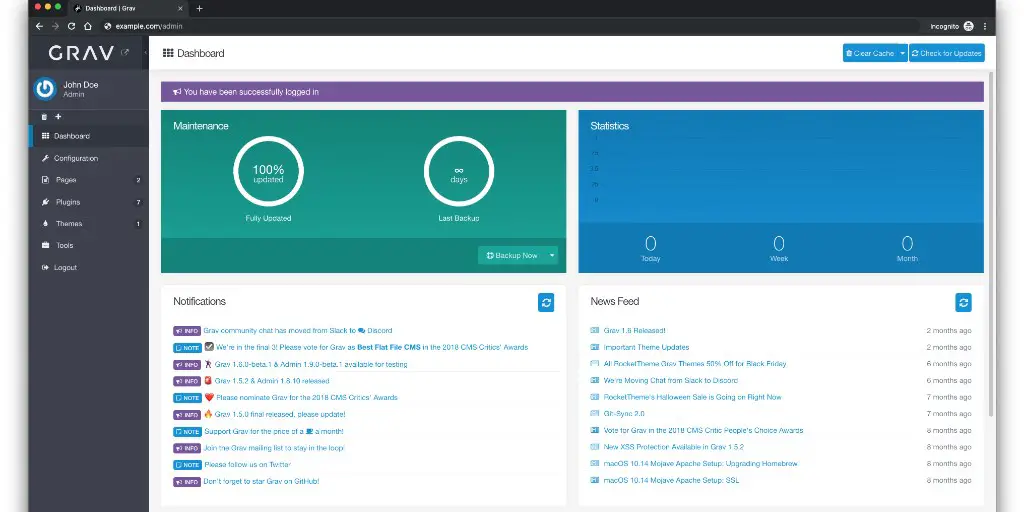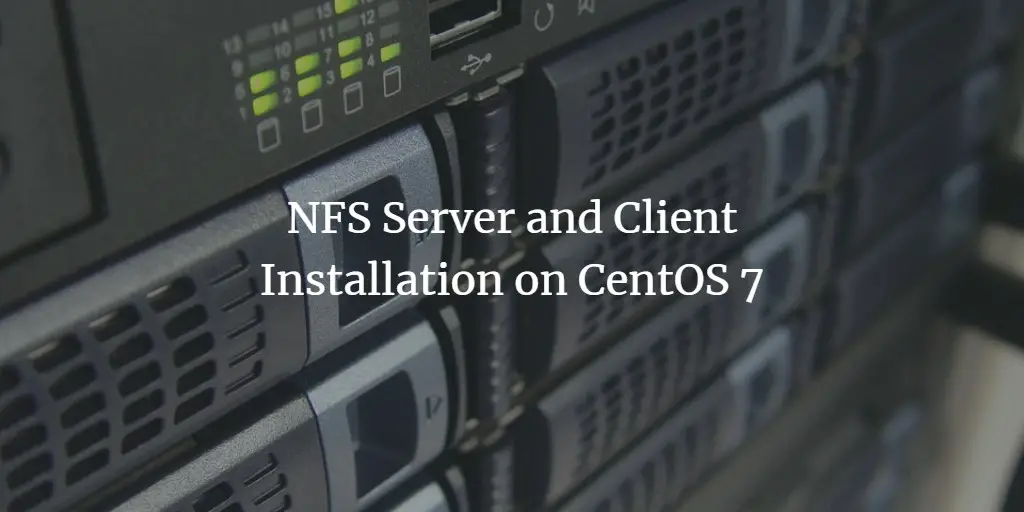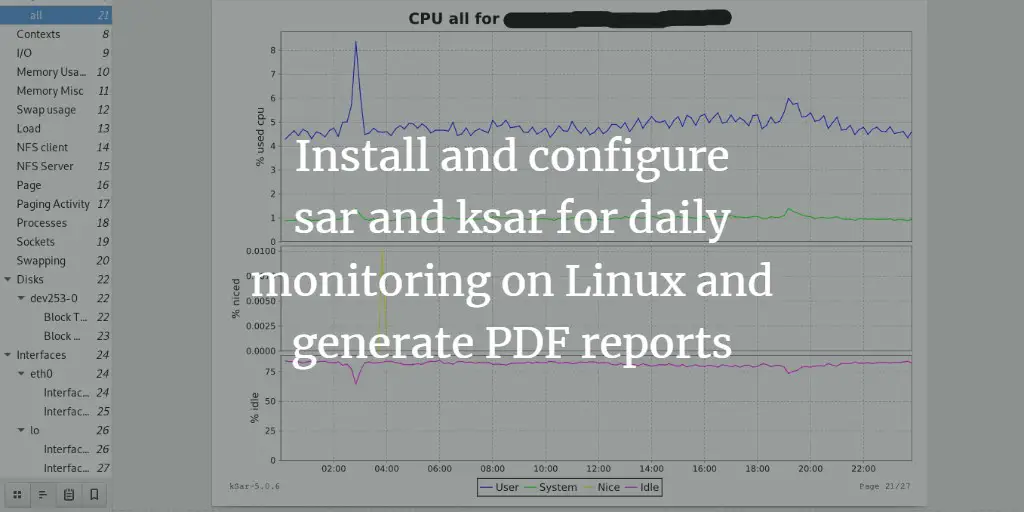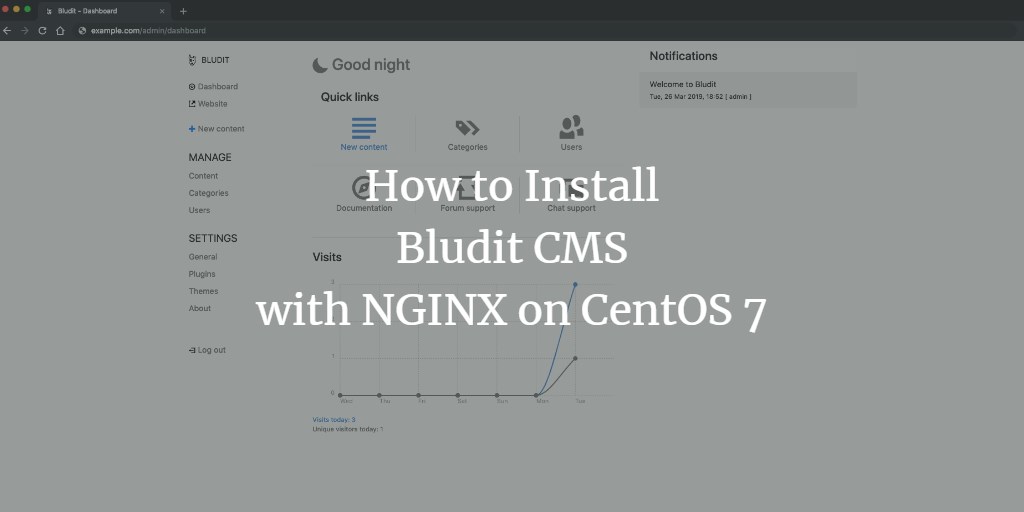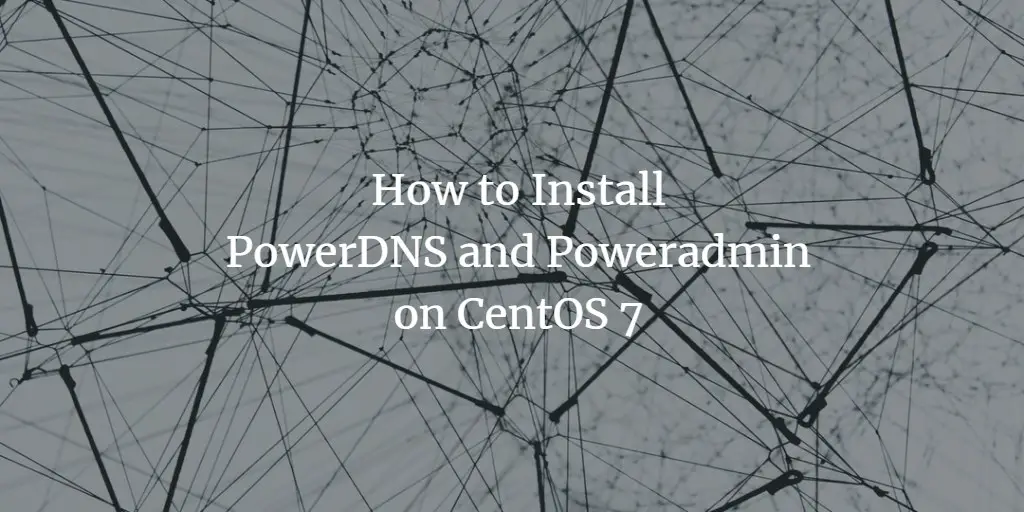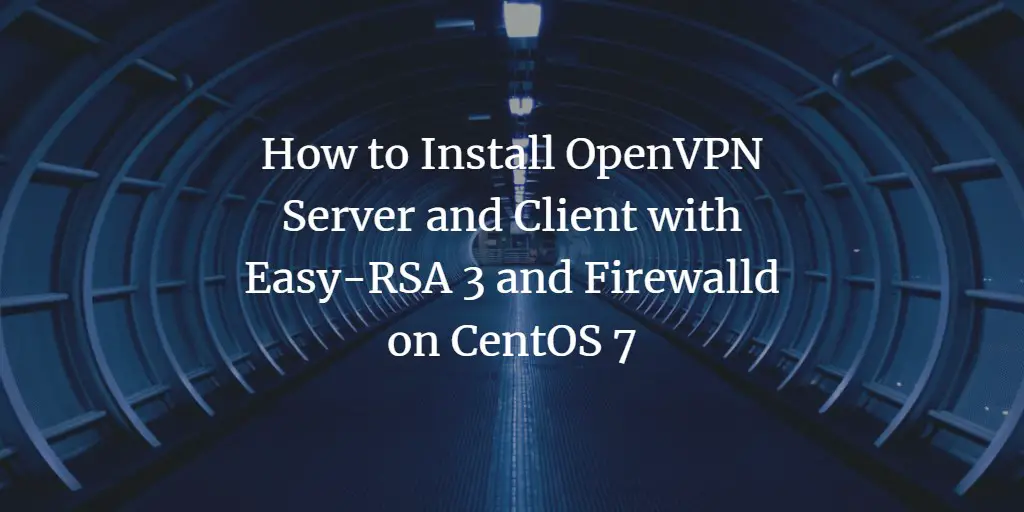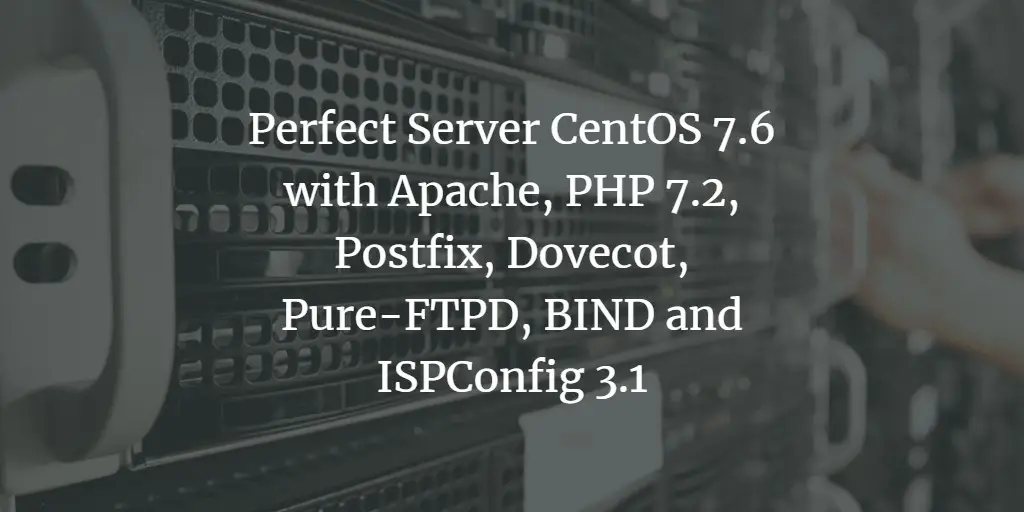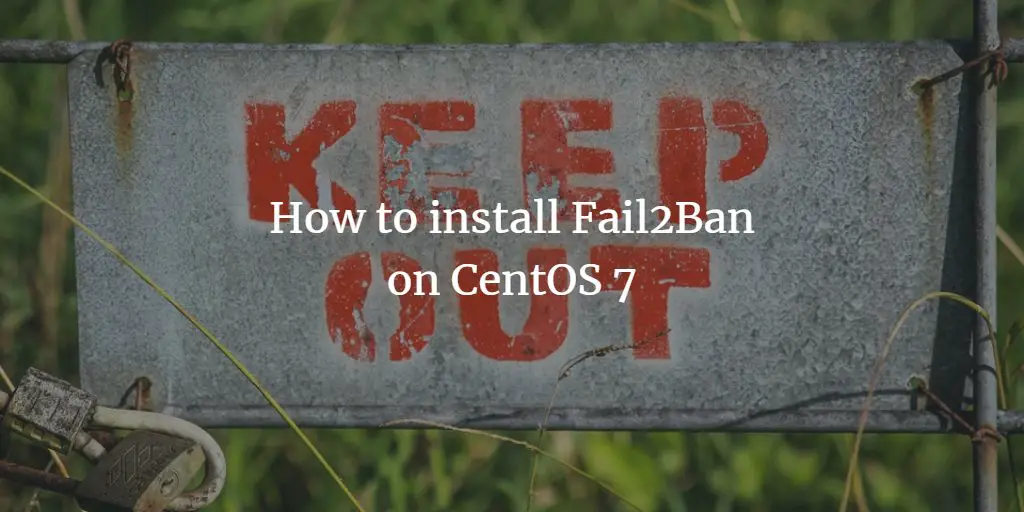Linux Tutorials on the topic “centos”
-
How to Install Grav CMS on CentOS 7
Author: Blago Eres • Tags: centos, linux, nginx, web server • Comments: 3Grav is a fast, simple, and flexible, file-based CMS platform. Grav comes with a powerful Package Management System to allow for simple installation and upgrading of plugins and themes, as well as simple updating of Grav itself.
-
How to Install Shopware with NGINX and Let's Encrypt on CentOS 7
Author: Blago Eres • Tags: centos, linux, web server • Comments: 0Shopware is the next generation of open source e-commerce software. This tutorial will walk you through the Shopware Community Edition (CE) installation on CentOS 7 system by using NGINX as a web server.
-
NFS Server and Client Installation on CentOS 7
Author: Srijan Kishore • Tags: centos, linux, storage • Comments: 20NFS server and client installation on CentOS 7. This guide explains how to configure NFS server in CentOS 7. Network File System (NFS) is a popular distributed filesystem protocol that enables users to mount remote directories on their server.
-
-
Install and configure sar and ksar for daily monitoring on Linux and generate PDF reports
Author: sohan patel • Tags: centos, debian, linux, monitoring, ubuntu • Comments: 0This tutorial focuses on the installation and configuration of the powerful utilities sar and ksar on CentOS, Debian and Ubuntu and shows how to automatically create PDF reports by using a simple shell script for easy daily monitoring of server resource usage.
-
How to Install Phorum with Nginx on CentOS 7
Author: Blago Eres • Tags: centos, linux, nginx • Comments: 3Phorum is a PHP and MySQL based Open Source forum software. In this guide, we will guide you step-by-step through the Phorum installation process on the CentOS 7 operating system using Nginx as the web server, MariaDB as the database, and acme.sh and Let's Encrypt for HTTPS.
-
How to Install Bludit CMS with NGINX on CentOS 7
Author: Blago Eres • Tags: centos, linux, nginx • Comments: 0Bludit is a simple, fast, secure, flat-file CMS that allows you to create your own website or blog in seconds. In this tutorial, we will go through the Bludit CMS installation and setup on CentOS 7 system by using NGINX as a web server.
-
How to Install PowerDNS and Poweradmin on CentOS 7
Author: Muhammad Arul • Tags: centos, dns, linux • Comments: 3PowerDNS (pdns) is an open source DNS server written in C++ and released under GPL License. In this tutorial, I will show you how to install and configure a PowerDNS Authoritative server with MariaDB database server as a Backend and using Poweradmin for easy DNS management.
-
How to Install OpenVPN Server and Client with Easy-RSA 3 on CentOS 7
Author: Muhammad Arul • Tags: centos, linux, networking, security • Comments: 14OpenVPN is an open source application that allows you to create a secure private network over the public internet. In this tutorial, we will show you how to step-by-step install and configure OpenVPN on CentOS 7.6. And we will implement the certificate-based OpenVPN authentication.
-
The Perfect Server CentOS 7.6 with Apache, PHP 7.2, Postfix, Dovecot, Pure-FTPD, BIND and ISPConfig 3.1
Author: Till Brehm • Tags: antivirus, apache, bind, centos, control panels, dns, email, ftp, ispconfig, linux, mysql, php, postfix, web server • Comments: 62This tutorial shows how to install ISPConfig 3.1 on a CentOS 7.6 (64Bit) server. ISPConfig 3 is a web hosting control panel that allows you to configure the following services through a web browser: Apache web server, Postfix mail server, MySQL, BIND nameserver, PureFTPd, SpamAssassin, ClamAV, Mailman, and many more.
-
How to install Fail2Ban on CentOS 7
Author: Antonio Valencia • Tags: centos, linux, security, server • Comments: 11Most Linux servers offer an SSH login via Port 22 for remote administration purposes. This port is a well-known port, therefore, it is often attacked by brute force attacks. Fail2ban is a software that scans log files for brute force login attempts in real-time and bans the attackers with firewalld or iptables. This tutorial shows the installation and configuration of Fail2Ban with firewalld on CentOS 7.

